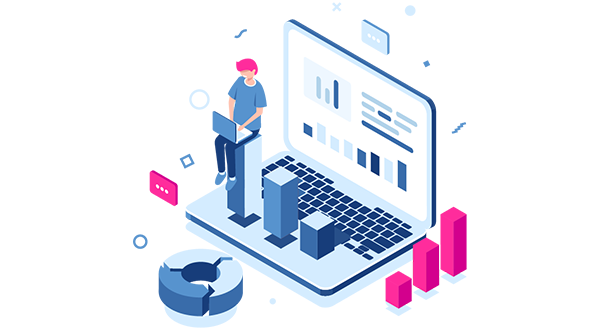

Global Beverage Company – Replatforming from Legacy IBM z/OS on Mainframe to Linux on AWS Cloud

Industry: Beverage manufacturing
Headquarters: U.S.
Coverage: Global
Our Customer
The Customer is a nearly century-old American multinational beverage corporation with more than $33 billion in annual revenue, multiple international subsidiaries and approximately 80,000 employees worldwide. One of the largest global beverage manufacturers, marketers and distributors, the company serves millions of wholesale and retail customers throughout the Americas, Europe, Africa and Asia.
The Challenge
The Customer’s aging mainframe environment was running on a legacy, closed IBM z/OS platform. The technologies were error-prone and urgently required upgrades to meet today’s business demands.
Running vital and strategic applications on such an outdated platform created persistent serious latency issues that threatened business operations worldwide. Moreover, the existing system required a significant investment of time and money just to fulfill the organization’s operational demands at a subsistence level, with little scope for innovation. In addition, this global conglomerate, with locations in dozens of countries, did not have any disaster recovery support.
Instead of investing more resources in their existing IBM z/OS platform, the Customer preferred to replatform on a technologically advanced Linux platform running on the AWS Cloud. In addition to being far more cost-efficient than their mainframe, AWS also met all the Customer’s current and future requirements, including guaranteed business continuity, high reliability, unlimited scalability and capacity, plus complete disaster recovery and security protections.
The Solution
The mLogica team, including migration consultants, architects and engineers, conducted a comprehensive assessment of the existing mainframe system, using the LIBER*DAHLIA module of our LIBER*M Mainframe Modernization Suite. All existing databases, applications and tools, including underlying technologies, were documented, including their interdependencies, ensuring there would be no last-minute surprises.
Once this discovery and inventory phase was completed, our automated, GenAI-powered LIBER*M suite systematically refactored and replatformed all legacy technologies to function seamlessly on the Customer’s new AWS Cloud platform. The overall scope of the project included migration of the following:
- IBM Mainframe batch processing functionalities
- IBM CICS
- IBM Db2 (325 tables)
- IMS DB (106 database descriptions and 800 segments)
- CA7 and CA11 scheduler and batch job restart capabilities
- COBOL (1002 programs)
- JCL (5800 batch jobs)
- PL/I (335 programs)
- Easytrieve (324 programs) to COBOL
All programming languages, including PL/I and Easytrieve, were automatically refactored and consequently consolidated to Dell Enterprise COBOL, with IBM Enterprise COBOL running under Dell Enterprise COBOL
The source databases were consolidated from IMS DB and IBM Db2 to IBM Db2 LUW. The migration from IMS DB to IBM Db2, in particular, required modifications in database structure since it was a heterogeneous migration from a hierarchical database to a relational database.
Other major components of the migration included infrastructure and interfaces:
- The CA-7 scheduler was migrated to the IBM Tivoli Workload Scheduler
- The mainframe security from ACF2 was migrated to DELL TSF
- DFSORT was migrated to Syncsort
The other key adaptations included MQSeries, print management and data files migration (VSAM, GDG, and sequential files).
Overall, this modernization journey comprised refactoring, replatforming, data model modification and data migration tasks as well as infrastructural and interface adaptation.
The Benefits
The Customer’s new AWS cloud system was significantly more cost-efficient and reliable than their previous z/OS mainframe. The consolidation of programming languages, databases and data types created a more streamlined system, eliminating the need for hard-to-find resources with legacy skill sets. Since the Customer’s technology stack is now running on Linux, they can easily hire more affordable resources to maintain their system and integrate new capabilities to enhance operations and meet evolving business demands.
Conclusion
The sustainability of any business is contingent upon the core technologies underpinning its operations. Remaining dependent on a decades-old legacy environment significantly restricts a company’s ability to evolve its technology stack, which limits long-term sustainability. This migration also gave the organization an open platform to evolve their applications, databases and more, leveraging state-of-the-art cloud native technologies to meet current and future business and regulatory requirements worldwide.








































